How hard is it for drivers to judge track limits when strapped into the cockpit? Jolyon Palmer explains…

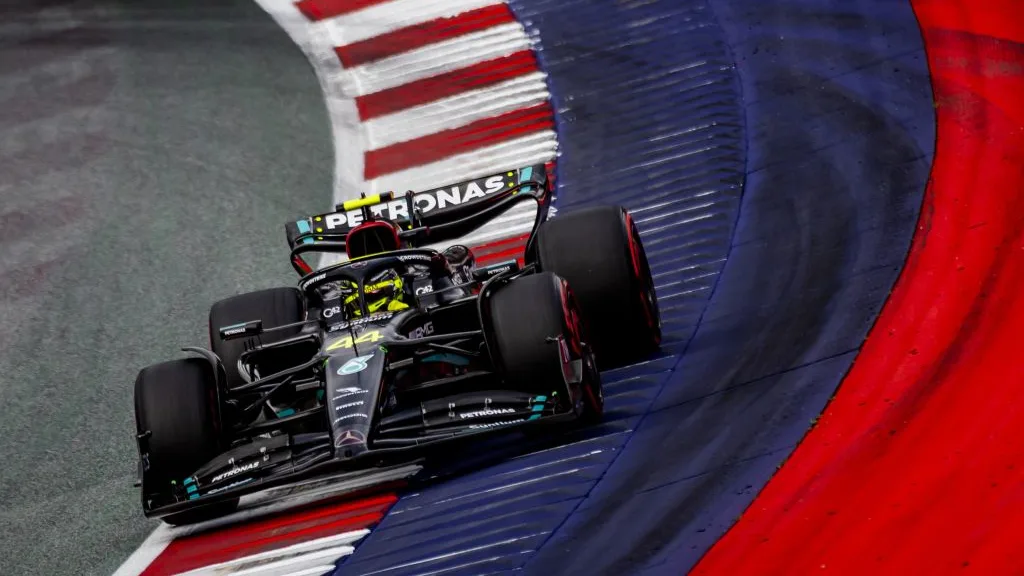
Track limits is a perennial issue in modern Formula 1, with circuits moving towards asphalt run-offs for safety benefits, while the drivers inevitably look to exploit the advantage of opening up corners and using the kerbs and extra space whenever and wherever they can.
In days of old, there were predominantly barriers, gravel or grass in place to stop drivers running wide, and these physical deterrents naturally did the job. The same is true for modern day street tracks like Monaco, or permanent circuits like Suzuka or Zandvoort.
Next Up
Related Articles
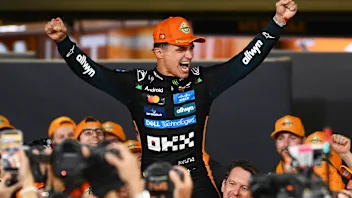 All the key stats from Norris’ title-winning season
All the key stats from Norris’ title-winning season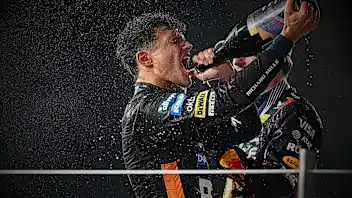 Winners & Losers6 Winners and 5 Losers from Abu Dhabi
Winners & Losers6 Winners and 5 Losers from Abu Dhabi F1 AcademyFerrari sign Larsen for 2026 F1 ACADEMY campaign
F1 AcademyFerrari sign Larsen for 2026 F1 ACADEMY campaign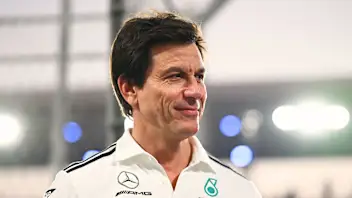 Wolff calls Abu Dhabi ‘mediocre’ but ‘pleased’ to finish P2
Wolff calls Abu Dhabi ‘mediocre’ but ‘pleased’ to finish P2 Tsunoda's best moments in F1 as he departs the grid
Tsunoda's best moments in F1 as he departs the grid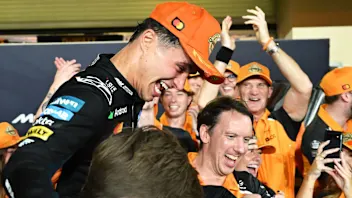 Joseph ‘very proud’ to be part of Norris’ title success
Joseph ‘very proud’ to be part of Norris’ title success
